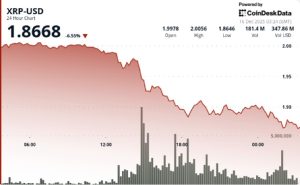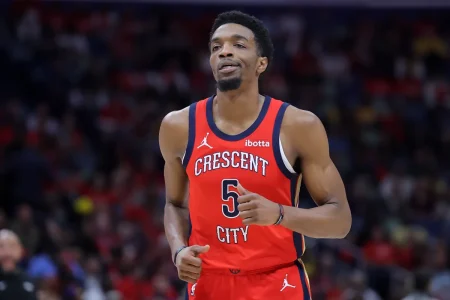Horror’s Year-Round Appeal: Beyond the Halloween Season
In the heart of autumn, as leaves rustle and darkness falls earlier each day, many people reach for spine-tingling books, attend eerie events, or settle in for frightful films. Yet what was once considered a seasonal indulgence has evolved into a year-round phenomenon. The horror genre has claimed an impressive 17% of North American box office receipts this year, with ticket sales exceeding one billion dollars. This remarkable performance signals that our collective fascination with fear extends far beyond October’s haunted boundaries.
This growing appetite for horror has created opportunities for specialized businesses like “The Twisted Spine,” Brooklyn’s first bookstore exclusively dedicated to horror and dark literature. Co-founder Lauren Komer emphasizes that horror’s appeal is fundamentally human: “Horror connects us with some of our very base emotions. Fear is something all humans understand. And so that doesn’t go away just because it’s no longer October.” She highlights the genre’s diversity as a key strength, noting that “it’s not just blood and guts, you can find something for everyone.” This variety allows the genre to maintain relevance throughout the year, offering experiences ranging from psychological suspense to supernatural terror, cosmic dread to body horror—something to unsettle every type of reader or viewer regardless of the season.
The genre’s inclusive nature has become one of its defining characteristics, according to author Tanya Pell. “Horror is incredibly welcoming,” she observes, pointing out that “we are seeing more diversity in horror than other genres where it is far more difficult to find the representation.” This openness to diverse voices and experiences has enriched horror storytelling, bringing fresh perspectives and previously unexplored fears to light. The genre has increasingly become a space where marginalized creators can explore societal anxieties and personal traumas through metaphor and monster, making it more relevant to a broader audience. Publishing data backs this up, with horror book sales showing consistent year-over-year growth as readers discover both classic works and new voices pushing the boundaries of what can frighten us.
Horror’s expansion beyond traditional seasonal boundaries manifested prominently in the rising popularity of “Summerween” celebrations this year. This summer-based homage to spooky season saw retailers, restaurants, and consumers embracing macabre aesthetics and activities during the warmest months. Pell attributes this trend to people pursuing what brings them joy: “You’re seeing people doing things just because it brings them joy and other people see that, ‘Oh well, you know what? That also brings me joy.’ There’s other people out there that enjoy it like I do.” This community aspect of shared fascination with the frightening has created a year-round subculture where fans can openly celebrate their passion for the macabre without waiting for socially designated “spooky season.”
Horror enthusiast Rebecca Bermudez suggests that the genre’s expanding presence reflects its unique ability to address our deepest fears and societal anxieties. “Horror speaks kind of like to the human soul almost and what we’re afraid of and even what our society fears at a certain point in time,” she explains. This perspective helps explain horror’s enduring appeal—it provides a safe context for confronting the things that terrify us, both personally and collectively. Whether examining grief through ghostly apparitions, processing trauma through supernatural metaphor, or exploring social tensions through monster allegories, horror creates a controlled environment where audiences can face fears head-on and perhaps master them, if only temporarily.
The democratization of horror across the calendar year represents more than just commercial opportunity—it signifies a cultural shift in how we process fear and anxiety. In uncertain times, horror paradoxically offers comfort through confrontation, allowing audiences to externalize nameless dreads and face them within structured narratives. As the genre continues to evolve beyond seasonal constraints, it increasingly serves as a year-round companion for processing the complexities of modern existence. From Brooklyn bookstores to summer celebrations of the macabre, horror’s expanding presence suggests that our relationship with fear is changing—we’re no longer reserving it for special occasions but embracing it as an essential, ongoing conversation with our deepest anxieties and most primal emotions. The monsters, it seems, have escaped October’s confines, and audiences are following them eagerly throughout the year.














